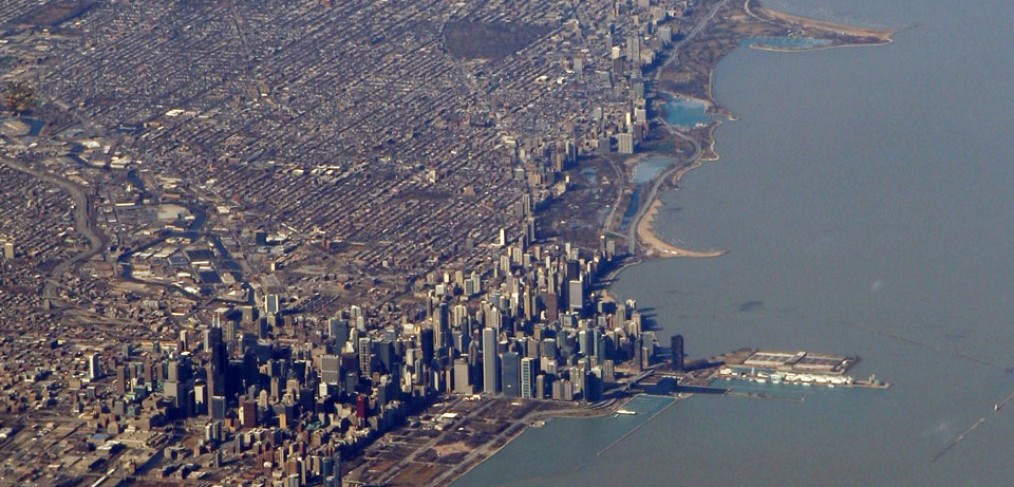
What’s Happening Now?
You don’t need a weatherman to know which way the wind blows.
Bob Dylan definitely wasn’t thinking of economics or urban regeneration when he wrote that line, but he might as well have.
The last 6 months have seen a freshening breeze of economic stability and growth in the Midwest that is blowing away the stale air left over from the great recession of 2009-11. Us flatlander designers are starting to sense it, and it feels good.
When the lending bubble burst in the fall of 2008, a domino effect of lack of capital, job loss and upside down home loans shut down any hope of significant redevelopment in Midwestern cities. Coupled with manufacturers fleeing to China, India and Mexico, our rust belt cities suffered some of the highest rates of unemployment in the nation. Property owners saw the value of their investments decline, likewise urban tax revenues. Recession ensued, and it was not fun.
But all is not lost. Now, six years post-debacle, here at 200 S. Michigan Avenue, we are starting to see some pretty interesting trends in a meandering line that extends from Fargo to Cincinnati with a few stops in between.
Motor City Revival
I was happy to see a NYT magazine cover article about urban regeneration in Detroit, but not shocked. With a recent bankruptcy and a population of almost half of what it was in the 1950’s, everyone knows Detroit is the poster child for dead rust belt cities. But it is also home to rock-bottom real estate prices, an emerging artists community and fabulous housing and building stock (want to buy a Mies Van der Rohe designed townhouse for $150,000? Head to the Motor City.) Not to mention some of the largest and most profitable automobile manufacturing in the world providing employment and stability. In other words, all the ingredients for a resurgence. Dan Gilbert, CEO of Quicken Loans and owner of the Cleveland Cavaliers, now owns close to sixty (!) properties in downtown Detroit.
Big Changes in the Buckeye State
Cleveland, too, is seeing its share of attention. The announcement by the Republican National Committee that Cleveland will host its 2016 convention was fascinating on a number of levels: political, demographic, economic and urban. Can’t help but think that distancing themselves from the perception that it’s a party of homogenous suburbanites entered into that decision. Like all rising cities, Cleveland is seeing downtown and waterfront redevelopment that includes substantial amounts of housing, the holy grail of urban regeneration. CallisonRTKL Chicago’s long-standing planning efforts at the Flats, and the soon-to-be complete phase II of that redevelopment are good indicators of future downtown growth there.
Cincinnati, historically resistant to development, has finally started to see the light, too. The Banks, a riverfront development seemingly in the works forever, now boasts 300 units and 96,000 SF of retail, with a planned addition of another 300 units and 60,000 SF of retail planned in phase II. CallisonRTKL’s design for a 20-story downtown high-rise residential tower at 4th and Race, has gained city support and, pending resolution of some existing on-site tenancy issues, is on target for a 2015 construction start.
A bit farther north in Dayton, Ohio, CallisonRTKL was asked to plan the redevelopment of the Montgomery County Fairgrounds, as a mixed-use community featuring retail, hotels, office, a gourmet grocery store and a variety of residential products that accommodate residents from University of Dayton students, to empty-nester professionals.
Indianapolis is experiencing residential densification in many pockets of downtown, especially adjacent to and near the new “Cultural Trail” –an eight mile long urban bike and pedestrian path that connects neighborhoods, amenities and icons downtown. This trail has triggered low-rise, mid-rise and high-rise residential typologies, including our own 28-story 360 Market Street residential tower, anchored by Indianapolis’s first downtown Whole Foods Market.
The Windy City
Chicago, rarely at a loss for construction, lost its development mojo in 2009 like the rest of the world but has come back strong in the residential market, with over 5,000 units planned in 2014. CallisonRTKL has contributed with a 293-unit transit-oriented development (TOD) in Orland Park and is planning another 290-unit TOD next to a multi-modal transit center in Oak Park.
Fargo, North Dakota
Finally, way up north in Fargo, we have planned potential expansion options for the West Acres Mall, a successful mall that is indirectly benefitting from a rapidly expanding economy, partially driven by shale oil and its trickle down effects. Located not far from downtown, the mall is considering densifying the site through additional program functions, as well as infilling a vacant Sears with multiple junior anchors. If you connect the dots, this meandering line from Cincinnati to Fargo represents an interesting conglomeration of economic and demographic trends.
What is happening here?
First, a sense of things bottoming out has been in the works for a while, culminating in the NYT article I cited earlier. If Detroit has hope, every place has hope. But hope doesn’t get projects built, capital does, and although perhaps not as plentiful as our developer clients would like, it is definitely easier to find financing now than in 2009. In the commercial development world, hope and capital take us a long way, but those qualities still aren’t all it takes for genuine urban regeneration. I see some huge sea changes in the assessment of quality of life, from millennials to us empty-nesters, that are driving redevelopment projects. Who among us rates an hour long commute each way as a positive? Who doesn’t want the ability to walk to work, play, school and meet with friends? It’s no coincidence that the cities I mention here all host universities and colleges, which contribute not only to the need for housing, but move the needle considerably in terms of retail and entertainment needs.
The search for convenience, community and education cuts across all economic and social strata, and the result now, and for the foreseeable future, is residentially-led urban regeneration. Yes, this trend has been evident on the coasts for some time, and maybe we’re slow learners here on the third coast, but quality of life, convenience and academic institutions coupled with an ever increasing number of renters-by-choice will power redevelopment in small, mid and top-tier Midwestern cities for the rest of this decade.
Cover image via Flickr (Doc Searls)

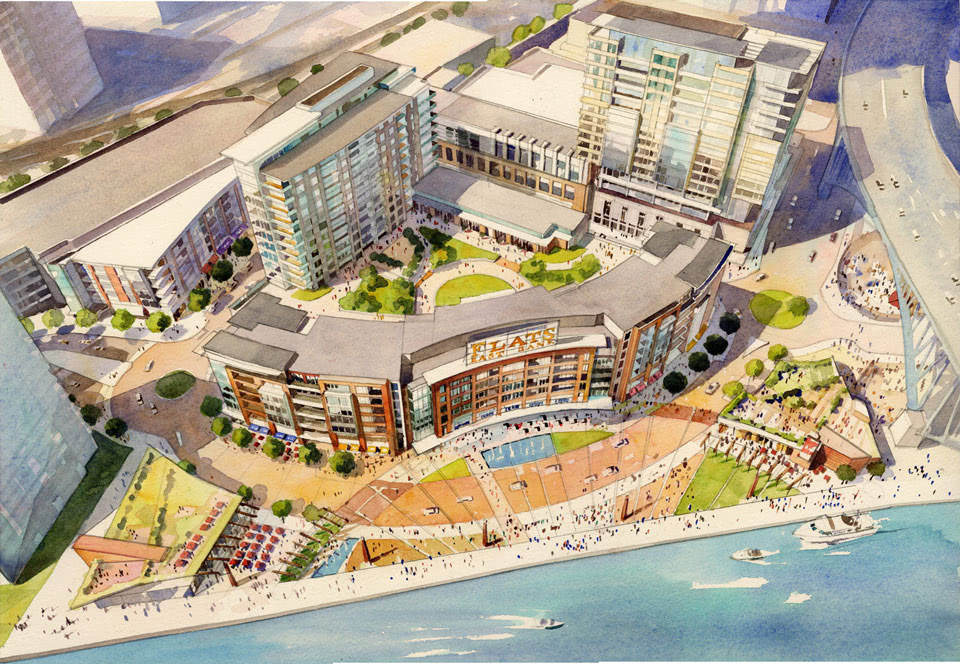
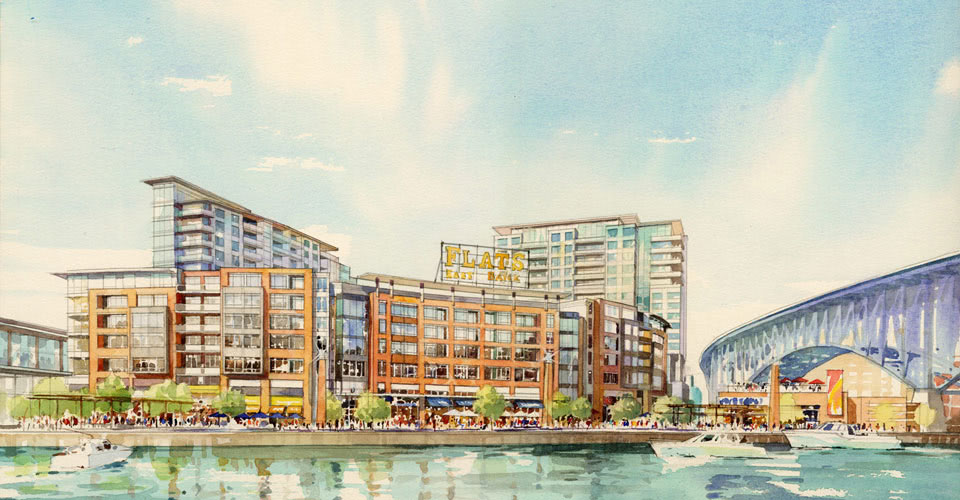
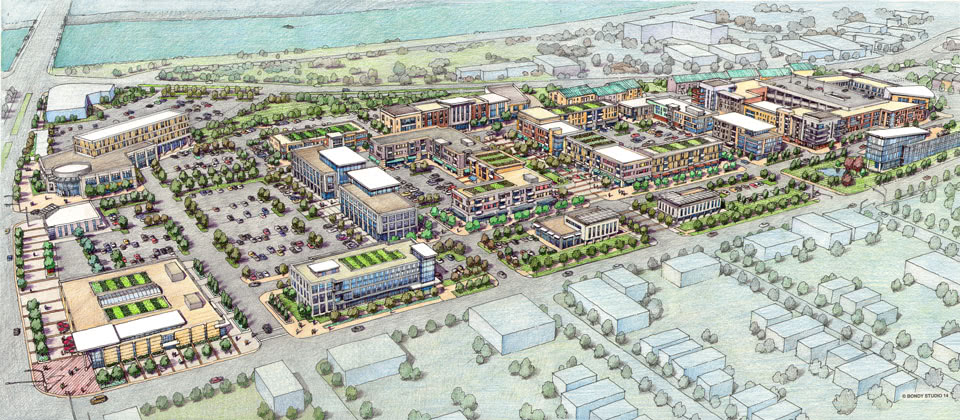
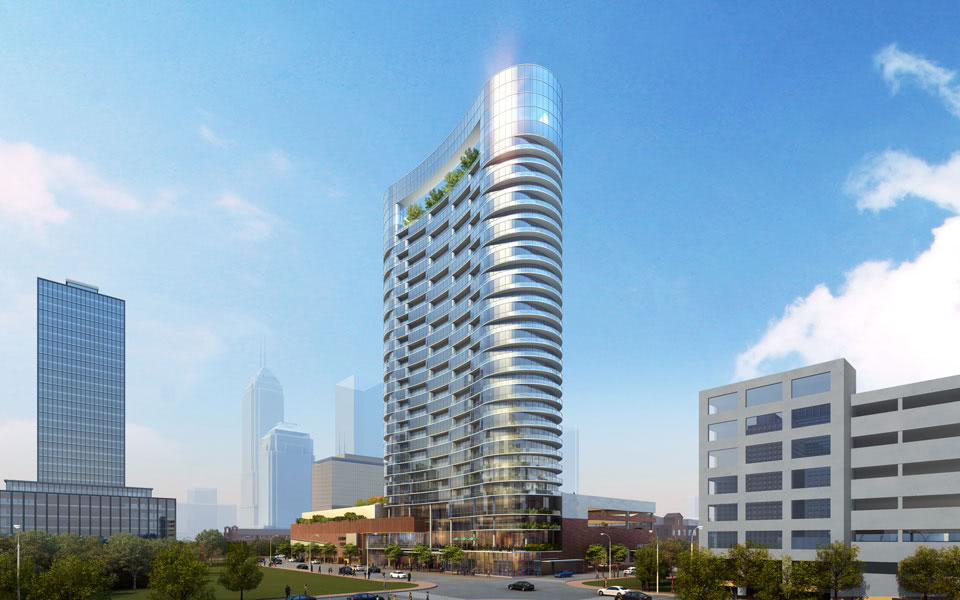
Keith –
Great article! I really enjoyed reading it, as I have followed the stories about Detroit and its rebound. I also work with placing Architects & Designers and a lot of my candidates might not see the “value” of the Midwest job market vs. the coast cities, so this is a great overview of all of the exciting things happening in the heartland of the US.
Michael
Senior Recruiter
David Brown International